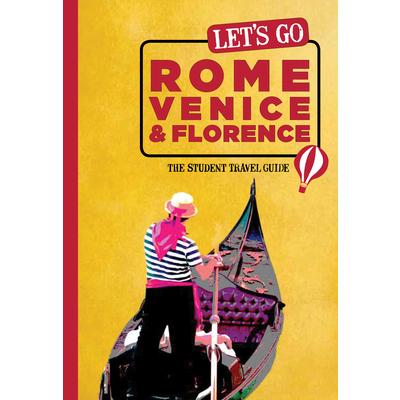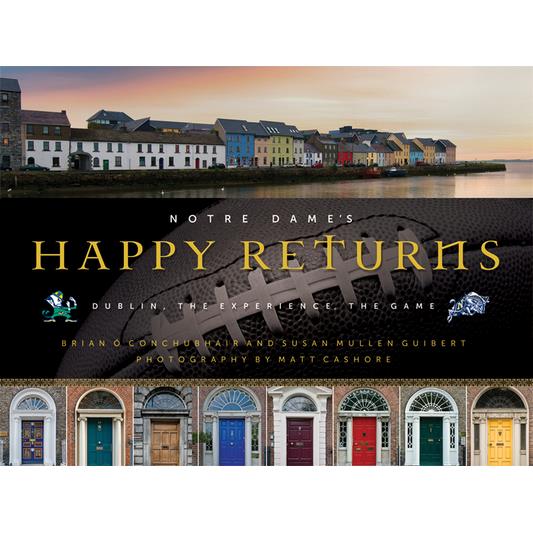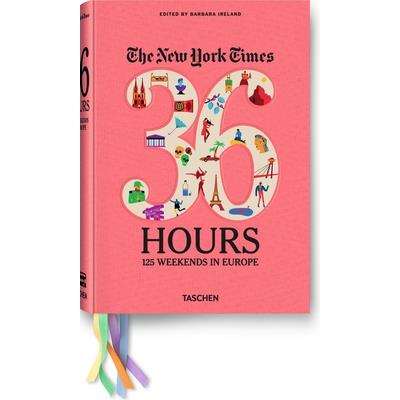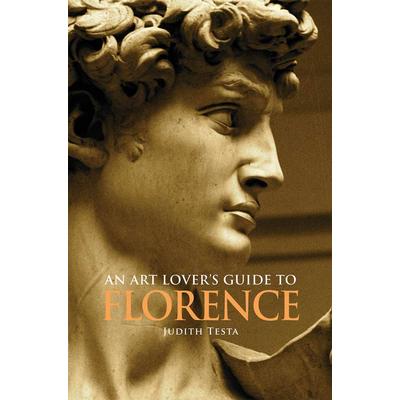Let’s Go Rome, Venice & Florence
Welcome to Italy, the laid-back land of Roman majesty, Tuscan sunshine, and Venetian romance--at least, that's what they say in the tourist brochures. Our student researchers have lived the real vita bella--dodging rogue scooters, unscheduled bus strikes, and overeager Italian suitors--in order to bring you the coverage that really matters. Their irreverent, in-depth commentary will keep you entertained through scores of Michelangelos and Medicis, and guide you straight to the best gelaterias in town. Whether you're studying abroad in one city or hostel-hopping between all three, Let's Go Rome, Venice & Florence will prepare you for an adventure you'll never forget. Let's Go publishes the world's favorite student travel guides, written entirely by Harvard undergraduates. Armed with pens, notebooks, and a few changes of underwear stuffed in their backpacks, our student researchers go across continents, through time zones, and above expectations to seek out invaluable travel experiences for our readers. Let's Go has been on the road for 50 years and counting: We're on a mission to provide our readers with sharp, fresh coverage packed with socially responsible opportunities to go beyond tourism.
Notre Dame’s Happy Returns
The University of Notre Dame's connection with Ireland has been entrenched in Notre Dame's heritage and identity since the founding of the university in 1842. The university is also closely associated with Ireland through its renowned football team, the Fighting Irish. When some thirty-five thousand Americans descended on Dublin, Ireland, for the Emerald Isle Classic football game between Notre Dame and Navy (played on September 1, 2012) at Aviva Stadium, the relationship between Notre Dame and the land and its people was celebrated throughout Dublin and the rest of Ireland. Now the allure of both Ireland and the Emerald Isle Classic football game are brought together in Notre Dame's Happy Returns: Dublin, the Experience, the Game. Senior University Photographer Matt Cashore took thousands of photographs for this book, and has selected nearly two hundred of his favorite shots for this large-format collection, capturing the sights, historic places, and cultural riches that make Ireland special for fans of the Fighting Irish. Woven together with brief cultural and historical captions by Brian ? Conchubhair and Susan Mullen Guibert, Notre Dame's Happy Returns contains dozens of full-page photographs of Ireland's capital city. Ranging from art and architecture to spectacular views of Dublin Castle, Saint Patrick's Cathedral, Trinity College, Casino Marino, Saint Stephen's Green, shops, pubs, and other notable landmarks, the photographs capture the mythical attraction of one of Europe's most vibrant cities and offer readers a glimpse of its rich history. The photographs and text also highlight the university's commitment to scholarship through the Keough-Naughton Institute for Irish Studies, Notre Dame's Catholic tradition of service in Ireland, and the extraordinary beauty of the countryside beyond Dublin. In addition, the book explores the introduction of American football in Ireland and Notre Dame's role in elevating the sport there, and contains a special section on the 2012 Notre Dame-Navy game in Dublin. As travel guide, sports book, and lush photographic essay all in one, Notre Dame's Happy Returns is a must have for those who attended the Notre Dame-Navy game in Aviva Stadium as well as for all Notre Dame football fans. It will also be of interest to graduates, subway alumni, members of the Notre Dame family, and university supporters for whom Ireland is a spiritual and ancestral home.
The New York Times, 36 Hours
From Paris to Perm and beyond: Dream weekends with practical itineraries in all corners of Europe Culture, history, natural beauty, fine cuisine, artistic masterpieces, cutting-edge architecture and style--Europe overflows with so many riches that a lifetime seems too short to appreciate them. But with the right guidance, you can go far in a single weekend. Stylishly written and carefully researched, this updated and expanded collection of the popular New York Times 36 Hours feature offers you 125 well-crafted itineraries for quick but memorable European trips, accompanied by hundreds of color photographs to fire your imagination. Explore the expected: the Renaissance in Florence, surfing in Biarritz, flamenco in Seville. And discover the unexpected: Sicilian mummies dressed in their Sunday best, a dry-land toboggan ride on Madeira, a hotel in Tallinn with a KGB spies' nest on the penthouse floor. World capitals, ancient nations that once ruled wide domains, tiny countries with big personalities--it's all Europe, and all fun to read about (whether you actually go or not) in this handsomely designed and illustrated book. Features: 4,500 hours worth of insightful itineraries to make the most of your stay 125 European destinations, from major cities to lesser known gems Practical recommendations for over 500 restaurants and 400 hotels Color-coded tabs and ribbons to bookmark your favorite cities in each region Nearly 800 photos Illustrations by Olimpia Zagnoli Easy-to-reference indexes Detailed city-by-city maps pinpoint every stop on your itinerary Also available: 36 Hours: 150 Weekends in the USA & Canada 36 Hours: USA & Canada: Northeast 36 Hours: USA & Canada: Southeast 36 Hours: USA & Canada: Midwest & Great Lakes 36 Hours: USA & Canada: Southwest & Rocky Mountains
An Art Lover's Guide to Florence
No city but Florence contains such an intense concentration of art produced in such a short span of time. The sheer number and proximity of works of painting, sculpture, and architecture in Florence can be so overwhelming that Florentine hospitals treat hundreds of visitors each year for symptoms brought on by trying to see them all, an illness famously identified with the French author Stendhal.While most guidebooks offer only brief descriptions of a large number of works, with little discussion of the historical background, Judith Testa gives a fresh perspective on the rich and brilliant art of the Florentine Renaissance in An Art Lover's Guide to Florence. Concentrating on a number of the greatest works, by such masters as Botticelli and Michelangelo, Testa explains each piece in terms of what it meant to the people who produced it and for whom they made it, deftly treating the complex interplay of politics, sex, and religion that were involved in the creation of those works.With Testa as a guide, armchair travelers and tourists alike will delight in the fascinating world of Florentine art and history.




















































